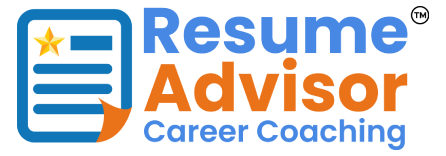Answering interview questions for a professional position can be a nerve-wracking experience. We all want to put our best foot forward and present a polished resume along with a relaxed smile and a pleasant attitude. People strive to convey enthusiasm and hope to avoid that “deer in the headlights” look when the interviewer gives us an off-the -cuff question. We may have prepared ourselves for the standard questions by researching the job requirements, the company, and even some of the executives, but what happens when they ask, “Tell me about the time when you overcame a hardship?” Or maybe the interviewer says: “Describe a situation where you showed leadership ability or creative thinking.”
In order not to be caught
off-guard by questions of this nature, it may be helpful to keep the STEP
method in mind. STEP stands for Setting / Task / Energy / Payoff. This is how
we can remember the steps of the acronym, conveniently called STEP.
Setting.
Briefly describe the setting. What was the situation? Maybe you were confronted with a messy warehouse right before holiday season. Or perhaps a family member became ill while you were in graduate school. This is going to present an obvious conflict. Something needs to be done.
Task.
What is your job in the setting? Perhaps you need to develop a creative plan to assign each crew member an area of the warehouse to clean up. Maybe you need to figure out how to take care of your family member while also not neglecting your studies. This is your goal.
Energy.
Energy is action. Take some time to describe to the interviewer how you accomplished your goal. What leadership skills did you use to motivate the crew to clean up the floor in time for holiday sales? How did you navigate visiting your sick relative and keeping up with your classes? Don’t be afraid to go into detail about your accomplishments. If they ask you the question, then the interviewer wants to see your skills. Show them off!
Payoff.
What were the material results of the energy you put toward accomplishing your goal? Tell the interviewer exactly what they were. Use numbers, percentages, grade point averages, etc. to illustrate your success. For example, you might say, “I made a color-coded Excel chart with the warehouse crew’s daily clean-up goals and we stayed on task so that we had all the tee shirts packaged, labeled, and ready for mailing by early December. The manager gave us all a ten percent bonus.”
You can use the STEP method for answering written interview questions as well as spoken ones. It’s a great method to keep in mind so that you stay focused on one question and don’t meander off into other areas, especially when speaking in person. You don’t want to lose your train of thought and then forget to actually mention your successful outcome. Having STEP in your mind keeps you on track.
For more helpful ideas on getting your resume in the best possible shape for interviewing, contact Resume Advisor today.
Authored by: Paula Light

